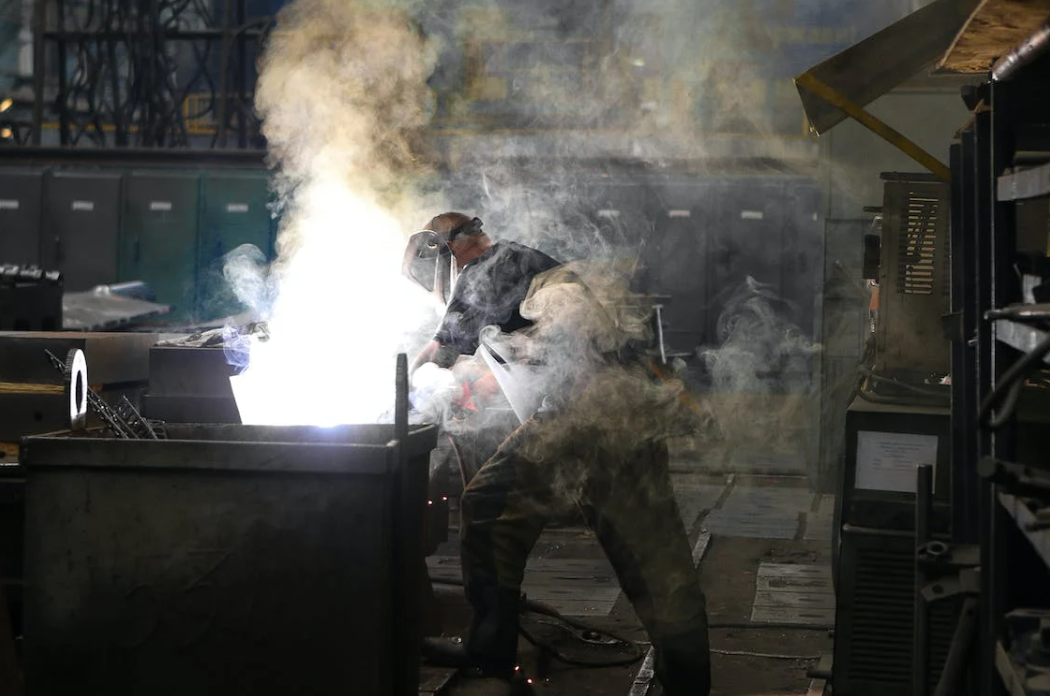
Benefits of Cold Chamber Pressure Die Casting
This technique is the production process in which metal is forced under high pressure into a die cavity. The material, usually pure lead or an alloy, cools down and solidifies to create parts having the required shape. Although employed for years, modern research has increased the throughput of this method with higher pressures and faster cooling rates. The cold chamber pressure die casting, has the following benefits;
1. Design Freedom
Because the parts are completely applied to the die cavity, they have a smooth area at the bottom and have highly polished features. This high quality allows designers to work more freely; they can cut corners and save weight with little harm to function. The ability to create complex shapes (if desired) also gives greater design latitude, as well as improved manufacturability.
2. This method is very economical
The obvious benefit of reduced cost of production is significant savings. Processes and materials are almost entirely reusable, so only a very small amount of material is actually produced. This reduces scrap and rejects as well as the need for custom sheet metal fabrication and assembly equipment.
3. The method results in almost zero-dimensional variation
The cooling in a cold chamber pressure die casting is followed by very little thermal stress, which means that the shrinkage that typically occurs in other methods is negligible. The inherent duplication of the process also practically eliminates the possibility of any variation occurring during production.

4. Simplified process control
The ability to control the speed and pressure of cooling in a manner that is virtually continuous is extremely important to the integrity of any die casting. The temperature and pressure can be monitored directly, so there is no guesswork as to how the process will proceed. In addition, it is possible to safely vary starting pressure, feed rate, and even material properties in order to achieve optimal results. Control over all these parameters makes this method safer and more predictable than many other manufacturing methods; designers and engineers can work quickly and confidently with a product that is virtually error-free.
5. Consistent quality
Because complete control over the process is possible, absolute consistency of casting quality is also achieved. The other manufacturing methods are often said to not be repeatable, but because they are completely reliant on human factors (such as experience and material properties), they can never be considered truly controllable. These chamber pressure die casting allows a much higher degree of consistency due to the inherent duplication of the process. Furthermore, this method is easy to control, making it economically feasible to keep high-quality standards.
6. Selection of the alloy
Because of the design freedom that the process allows and the ability to control all aspects of production, engineers can more easily select an appropriate alloy. For example, if a part requires very high tensile strength and low yield strength, then it might be advantageous to use a material with these properties. Alternatively, extremely low weight can sometimes be achieved by using a ceramic or plastic material. When designing some components, there is also an option to vary the microstructure in order to achieve exceptional performance in certain areas.
